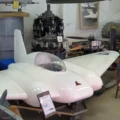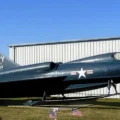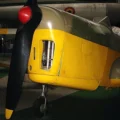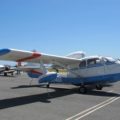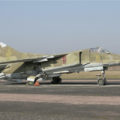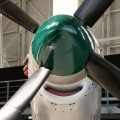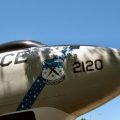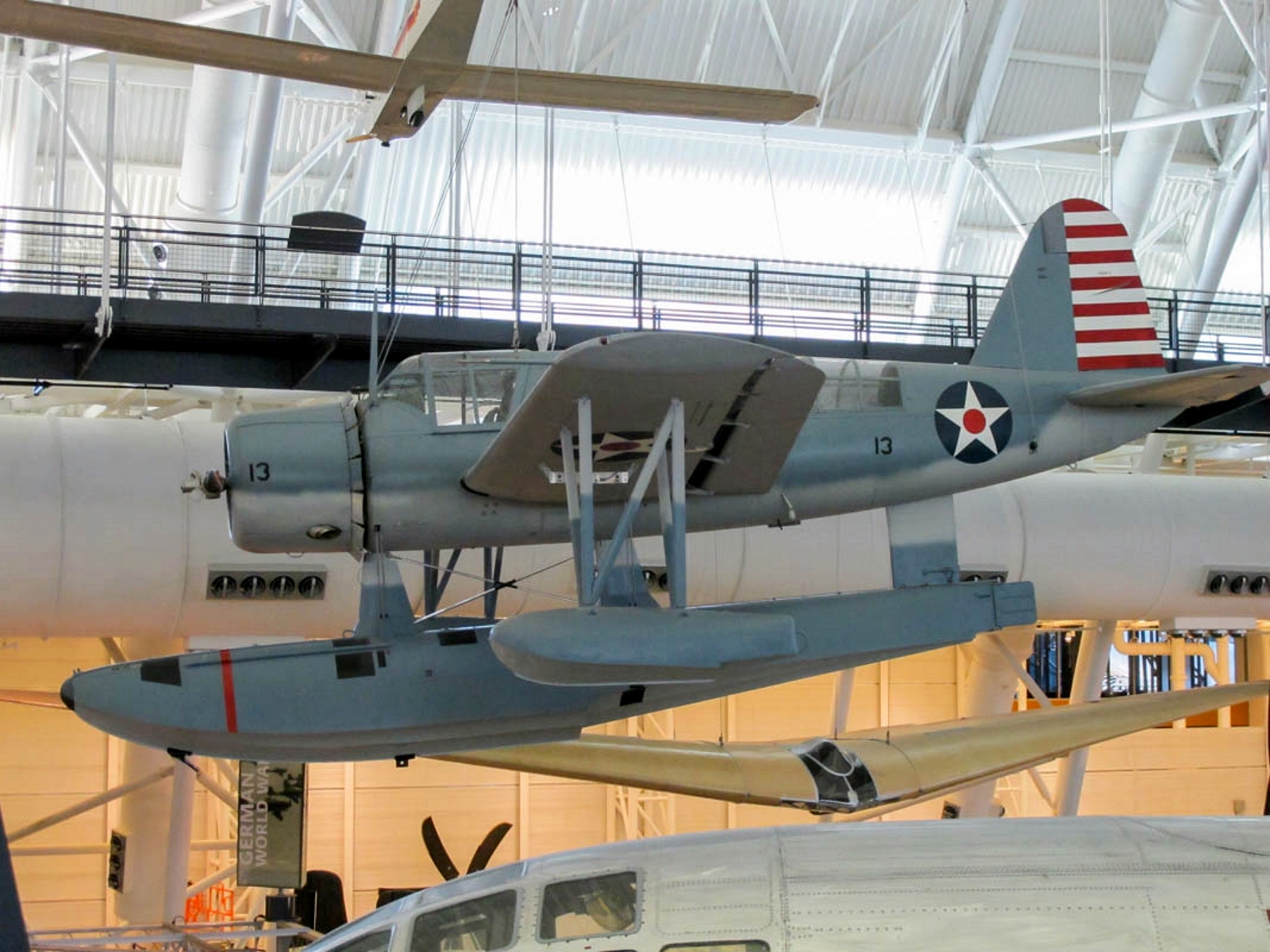
Vought OS2U Kingfisher | |
|---|---|
| Krajiny | Spojené štáty americké |
| Úlohu | Pozorovací plavák |
| Prvý let | 1938 |
| Postavený | 1519 |
Komisia Rybárik riečny Vought OS2U was an American catapult-launched observation floatplane. It was a compact mid-wing monoplane, with a large central float and small stabilizing floats. Performance was modest, because of its light engine. The OS2U could also operate on fixed, wheeled, taildragger landing gear. The OS2U was the main shipboard observation aircraft used by the United States Navy during World War II, and 1,519 of the aircraft were built. It served on battleships and cruisers of the US Navy, with the United States Marine Corps in Marine Scouting Squadron Three (VMS-3), with the United States Coast Guard at coastal air stations, at sea with the Fleet Air Arm of the Royal Navy, and with the Soviet Navy. The Royal Australian Air Force also operated a few Kingfishers from shore bases.
Zdrojový: Vought OS2U Rybárik riečny na Wikipédii
| Vought OS2U-3 Kingfisher Walk Around | |
|---|---|
| Fotograf | Vladimír Jakubov |
| Lokalizácia | Národné letecké a vesmírne múzeum |
| Fotografie | 100 |
| Kingfisher Walk Around | |
|---|---|
| Fotograf | Jose Brito |
| Lokalizácia | Neznáme |
| Fotografie | 17 |
| Vought OS2U-3 Kingfisher Walk Around | |
|---|---|
| Fotograf | Unknow |
| Lokalizácia | Neznáme |
| Fotografie | 18 |
Pozri tiež:
Technické špecifikácie Vought OS2U Kingfisher
Komisia Rybárik riečny Vought OS2U was an American observation floatplane that served in World War II. It was catapult-launched from battleships and cruisers and could also operate on land with fixed landing gear. It had a distinctive mid-wing monoplane design with a large central float and small stabilizing floats. It was also equipped with deflector plate flaps and drooping ailerons to increase lift and reduce landing speed.
Niektoré z technických špecifikácií OS2U Kingfisher na základe rôznych zdrojov.
| Špecifikácia | Hodnota |
|---|---|
| Výrobca | Vought |
| Úlohu | Pozorovací plavák |
| Prvý let | 1938 |
| Počet vstavaných | 1,519 |
| Posádky | 2 (pilot a radista/strelec) |
| Motor | Hviezdicový motor Pratt & Whitney R-985-4 Wasp Junior, 450 koní |
| Rozpätie krídel | 10,97 m (36 stôp) |
| Dĺžka | 10,24 m (33 stôp 10 palcov) |
| Výška | 4,6 m (15 stôp 1 palec) |
| Hmotnosť (prázdna) | 1,870 kg (4,123 lb) |
| Hmotnosť (naložené) | 2 540 kg (5 600 lb) |
| Maximálna rýchlosť | 264 km/h (164 mph) |
| Cestovná rýchlosť | 188 km/h (117 míľ/h) |
| Rozsah | 1 610 km (1 000 mi) |
| Strop | 3 780 m (12 400 stôp) |
| Výzbroj | One 7.62 mm (0.30 in) Browning M1919 machine gun for the pilot One or two 7.62 mm (0.30 in) machine guns on a flexible mount for the radio operator/gunner Two 45 kg (100 lb) bombs or two 147 kg (325 lb) depth charges |
Komisia Rybárik riečny Vought OS2U was a versatile and reliable observation floatplane that served the U.S. Navy and its allies during World War II. It was designed by Rex Beisel, who also created the famous Vought F4U Corsair fighter. The Kingfisher was a compact mid-wing monoplane with a large central float and two smaller wing-mounted floats. It could also operate from land with a conventional wheeled landing gear.
Kingfisher mal jeden hviezdicový motor Pratt & Whitney R-985, ktorý produkoval 450 koní, čo mu dávalo maximálnu rýchlosť 264 km/h a dojazd 1 300 km. Mala dvojčlennú posádku: pilota a pozorovateľa/strelca. Pilot mal pevný guľomet smerujúci dopredu, zatiaľ čo pozorovateľ mal jeden alebo dva flexibilné guľomety na prstencovom držiaku. Kingfisher mohol niesť aj bomby alebo hĺbkové nálože pre protiponorkové misie.
Kingfisher bol vypustený katapultom z bojových lodí a krížnikov a mohol byť vytiahnutý žeriavom alebo pristátím vedľa lode. Plnila rôzne úlohy, ako napríklad prieskum, riadenie námornej paľby, záchrana zostrelených letcov a protiponorkové hliadky. Používala ho aj americká pobrežná stráž, americká námorná pechota a niekoľko zahraničných vzdušných síl vrátane kráľovského námorníctva, austrálskeho kráľovského letectva a sovietskeho námorníctva.
Komisia Kingfisher sa vyrábal v rokoch 1940 až 1945 s celkovým počtom 1 519 vyrobených kusov. V roku 1959 ho vyradila Kuba, posledný prevádzkovateľ. Je považovaný za jeden z najúspešnejších pozorovacích plavákov všetkých čias.
Pohľady : 7060




